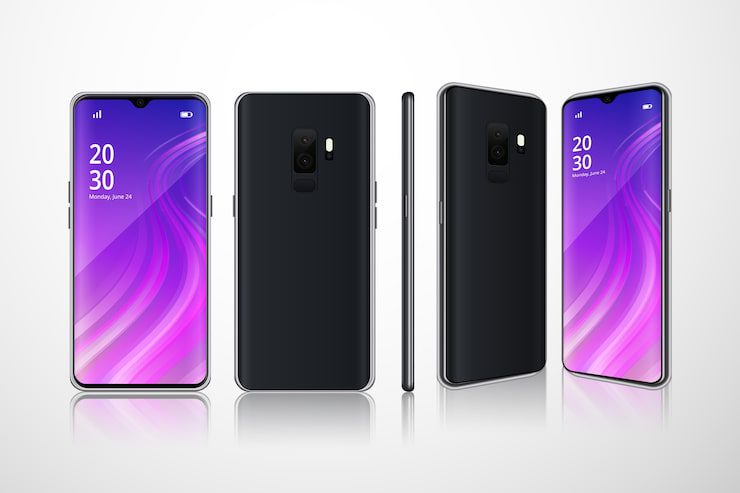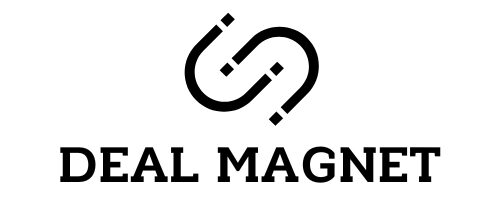“Dealmagnet.uk is a participant in the Amazon EU Associates Programme, an affiliate advertising programme designed to provide a means for sites to earn advertising fees by advertising and linking to Amazon.co.uk.”

Smartphones are no longer just communication devices. They are our cameras, wallets, gaming consoles, workstations, fitness trackers, and gateways to the world. The market is vast and overwhelming, with endless models catering to different needs — rugged smartphones for durability, slim flat models for style, flagship devices for performance, and budget-friendly ones for everyday essentials.
Choosing the right smartphone can feel like navigating a maze of specifications, features, and marketing terms. Should you focus on battery size, camera megapixels, RAM, or processor speed? Is a rugged device better for your lifestyle, or will a flat, lightweight phone be enough?
This comprehensive buying guide is designed to make the decision simple. By the end, you’ll know what features matter most for your lifestyle, what to avoid, and how to weigh pros and cons across categories.




